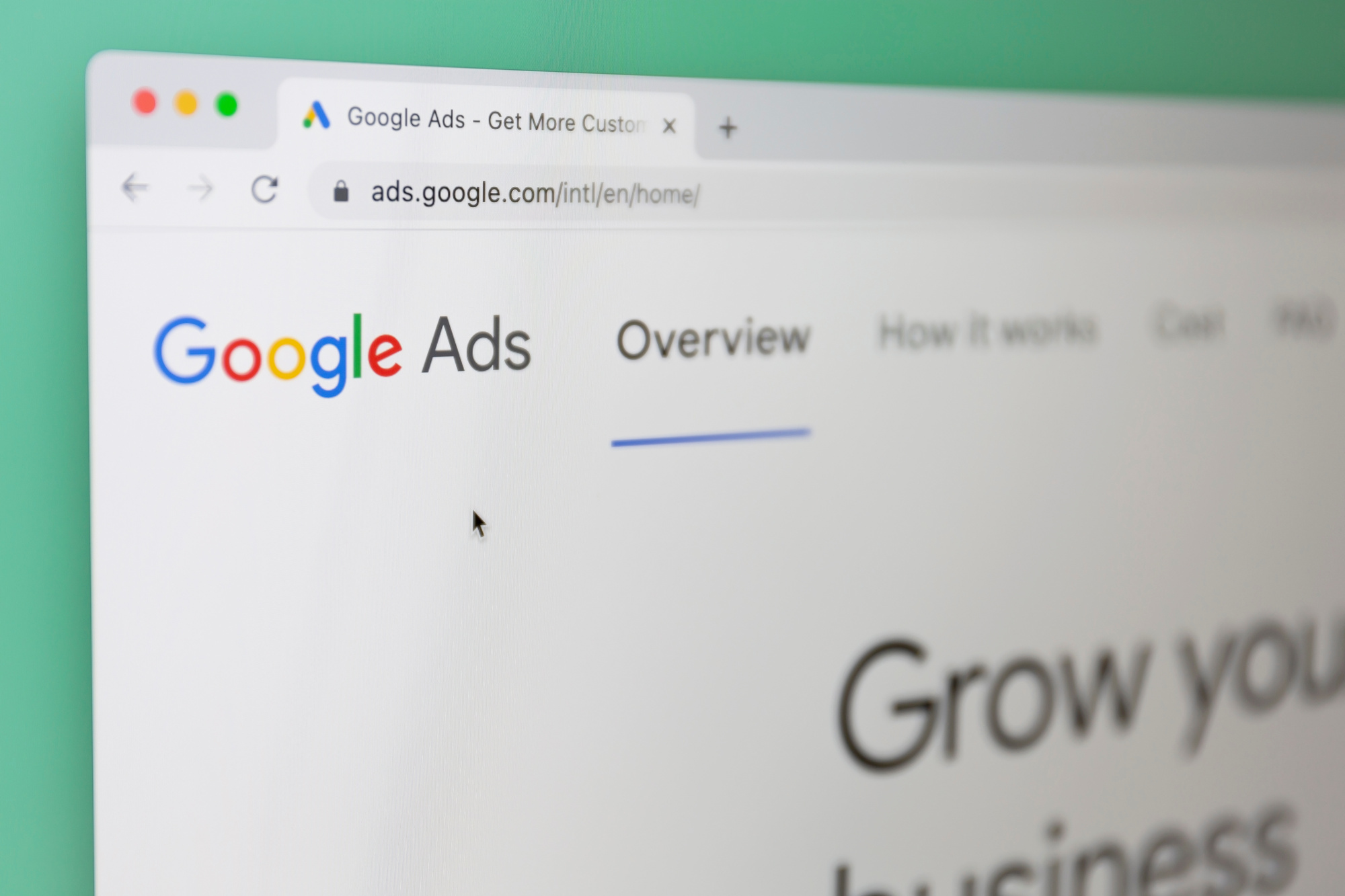How Does Google Ads Generate Responsive Search Ads?
Responsive Search Ads (RSAs) are a dynamic text ad format used in online advertising, particularly on platforms like Google Ads. They are designed to adapt and display the most relevant messages to potential customers by allowing advertisers to input multiple headlines and descriptions. Over time, Google Ads automatically tests different combinations of these elements to determine which ones perform best.
Responsive Search Ads, known for their dynamic adaptability, can significantly benefit from automated bidding strategies. By harnessing the capabilities of automated bidding, advertisers can optimise their ad campaigns for better results. This powerful combination ensures that ad messages are finely tuned to reach the most relevant audience at the right moment, ultimately leading to improved campaign outcomes and a more favourable return on investment (ROI). This strategic pairing of dynamic ad formats and automated bidding can be a game-changer for advertisers aiming to maximise the effectiveness of their online advertising efforts.
How Does Google Ads Generate Responsive Search Ads?
Here’s a simplified breakdown of how this process works:
- Input Multiple Variations: Advertisers provide multiple headlines and descriptions when creating these dynamic ads. They can submit up to 15 headlines and 4 descriptions.
- Machine Learning Optimisation: Google Ads employs machine learning to optimise the combinations of headlines and descriptions. The algorithm aims to create ads that match users’ search queries, device types, and other contextual factors.
- Dynamic Assembly: For each ad impression, the algorithm dynamically assembles a combination of headlines and descriptions from the pool of provided options. It avoids redundancy and ensures that the resulting ad makes sense to users.
- Relevance Matching: The ad text, when displayed, is designed to be highly relevant to the user’s search query. In some cases, parts of the ad text may appear in bold if they closely match the user’s query.
- Performance Tracking: Google Ads tracks the performance of different ad combinations. It monitors metrics like click-through rates and conversion rates to determine which combinations are the most effective.
- Continuous Learning: Over time, the algorithm learns which combinations perform best for different queries and user behaviours. It adapts and prioritises these high-performing combinations.

Key Characteristics
- Dynamic Ad Assembly: Responsive Search Ads use machine learning algorithms to create various ad combinations by dynamically assembling multiple headlines and descriptions. This dynamic approach allows the same ad to appear differently to different users based on their search queries, device types, and other factors.
- Testing and Optimisation: These ads facilitate automated A/B testing of various ad components. The platform monitors the performance of each combination and prioritises those that generate better results, such as higher click-through rates or conversion rates.
- Customisation and Control: Advertisers can pin specific headlines or descriptions to ensure their inclusion in the ad, giving them some control over the ad’s messaging.
- Expanded Character Limits: Responsive Search Ads offer more character space for headlines (up to 30 characters each) and descriptions (up to 90 characters each), allowing advertisers to convey their message effectively.
- Enhanced Ad Rank Potential: By offering improved relevance and ad variations, these ads may positively impact ad rank, potentially leading to better ad placements and lower costs.
Best Practices and Tips
- The assets (headlines and descriptions) can be displayed in any order, so they must make sense individually or in combinations and adhere to advertising policies and local laws.
- It’s recommended to have at least one responsive search ad per ad group with an ‘Excellent’ or ‘Good’ Ad Strength score.
- Advertisers can have a maximum of three enabled responsive search ads per ad group.
- If certain text elements should appear in every ad, they must be added to specific positions (e.g., Headline 1, Headline 2, or Description 1).
Benefits of Using Responsive Search Ads
- Responsive Search Ads provide flexibility by adapting to different device widths, allowing more effective messaging.
- They save time by offering multiple headline and description options, with the platform selecting the most relevant combinations for users.
- Advertisers can tailor ad content to customer locations, regular locations, or locations of interest.
- Responsive Search Ads increase the potential to reach more potential customers by competing in more auctions and matching a wider range of search queries.
- They can improve ad group performance by attracting clicks and conversions that traditional text ads might miss, as they help advertisers compete in more auctions.
Using responsive search ads, like those offered by Google Ads, can be a valuable strategy for many advertisers. These ads are particularly beneficial because they adapt to user queries and device types, increasing the chances of delivering highly relevant messages to potential customers. The automation involved in assembling ad combinations and optimising their performance over time can save advertisers precious time and effort. This approach is especially useful for those with limited resources or looking to streamline their ad creation process. Advertisers looking to expand their reach and capture clicks and conversions that traditional text ads may miss can also benefit from this ad format. It allows them to compete in more auctions effectively. Ultimately, the decision to use dynamic text ads should be based on campaign objectives and the desire to improve ad relevance, engagement, and overall campaign performance.

